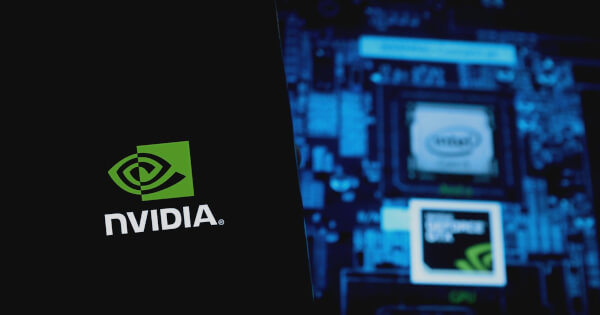Lawrence Jenger
March 24th, 2025 12:45
Discover how the integration of flowers and nvidia flares transforms federation learning situations and combines user-friendly tools with industrial-grade runtimes for seamless deployment.
The Federal Learning (FL) landscape has witnessed significant advances in the integration of flowers and Nvidia flares, thanks to the integration of two major open source systems. This collaboration aims to strengthen the FL ecosystem by combining it with the robust, production-ready runtime environment of flower user-friendly design and flare.
Flowers and Nvidia Flare: A Powerful Combination
Flower has established itself as a vital tool in the FL landscape, offering a unified approach for researchers and developers to design, analyze and evaluate FL applications. It boasts a comprehensive suite of strategies and algorithms that have nurtured communities that thrive in academia and industry.
Conversely, NVIDIA flares are tailored to production-grade applications, providing an enterprise-ready runtime environment that emphasizes reliability and scalability. By focusing on robust infrastructure, Flare ensures that FL deployments can seamlessly meet real-world demands.
Advantages of Integration
Merging these two frameworks allows applications developed in Flower to run natively at the flare runtime without the need for code changes. This integration simplifies the deployment pipeline by combining Flower’s widely adopted design tools with APIs and Flare’s industrial-grade runtime. As a result, a seamless, efficient, and highly accessible FL workflow bridges research innovation with production readiness.
Key benefits of this integration include ease of provisioning, custom code deployment, tested implementation, enhanced security, reliable communication, protocol flexibility, peer-to-peer communication, and multi-job efficiency. This integration not only simplifies the deployment process, but also improves ease of use and scalability in actual FL deployments.
Design and implementation
Both flowers and flare share client/server communication architectures and utilize GRPC for communication. This similarity makes integration easier. The integration process involves routeing Flower’s GRPC messages through Flare’s runtime environment to maintain compatibility and reliability without modifying the original application code.
This design ensures smooth communication between the flower supernode and superlink via flare, allowing the supernode to run independently or within the same process as the flare client, providing deployment flexibility.
Ensures reproducibility
One important aspect of this integration is to ensure that functionality and outcomes do not change. The experiments conducted show that the training curves from both standalone flowers and flowers within the flare are accurately aligned, confirming that message routing through the flares does not affect the outcome. This consistency is important to maintain the integrity of the training process.
Unlock new possibilities
The integration also enables hybrid features such as Flare experimental tracking using SummaryWriter. This feature allows researchers and developers to monitor progress and take advantage of the industrial grade features of Flare, while maintaining the simplicity of the flower.
Overall, the integration of flowers and Nvidia flares opens up new ways for efficient, scalable, and feature-rich federated learning applications, ensuring reproducibility, seamless integration and robust deployment capabilities.
For more detailed insights, check out the full Nvidia blog article.
Image source: ShutterStock




